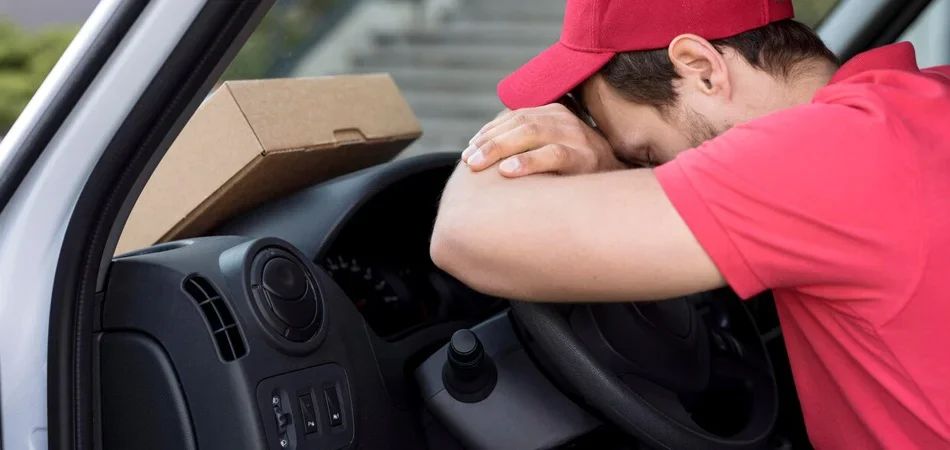Why is drowsy driving on the rise?

Many risky driving behaviors are on the rise lately. Some, like texting while driving, get a lot of media attention. Others do not share this spotlight and often fall to the wayside. Drowsy driving is one such issue.
But why is drowsy driving on the rise? And what about it makes it such a danger to other drivers in the first place?
Your body and drowsiness
Sleep Foundation looks closely at the dangers associated with drowsy driving. First of all, it actually impacts the body like intoxication does. You lose your ability to predict and react to danger in a quick, efficient way. Your reflexes slow. Mental processes also slow, meaning you cannot perceive and react to your surroundings.
Experts speculate that many reasons are behind its rise in recent years. For example, people often feel lulled into complacency if they drive drowsy once and make it safely to their destination. They tell their friends, and their friends try it. Then those friends also feel complacent when they arrive safely. It grows into a long line of people who think drowsy driving is safe, until someone finally gets into a crash.
Packed schedules lead to drowsy driving
On top of that, many people even view drowsy driving as an inevitability. After all, students need to get to school on time. People with jobs need to get to work on time. Sometimes, this means getting behind the wheel on only a few hours of sleep. As a large majority of people have done this before, society, as a whole, views it as relatively acceptable behavior.
Until public opinion changes, it is likely that drowsy driving will continue to rise. This means fatalities and injuries related to it will also, unfortunately, climb in the foreseeable future.



